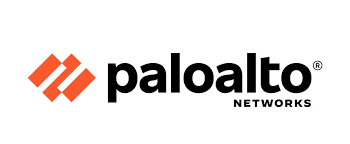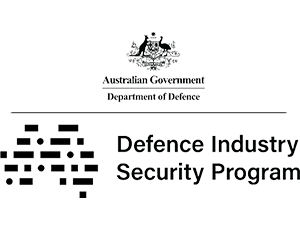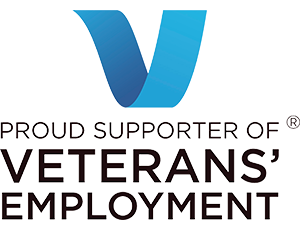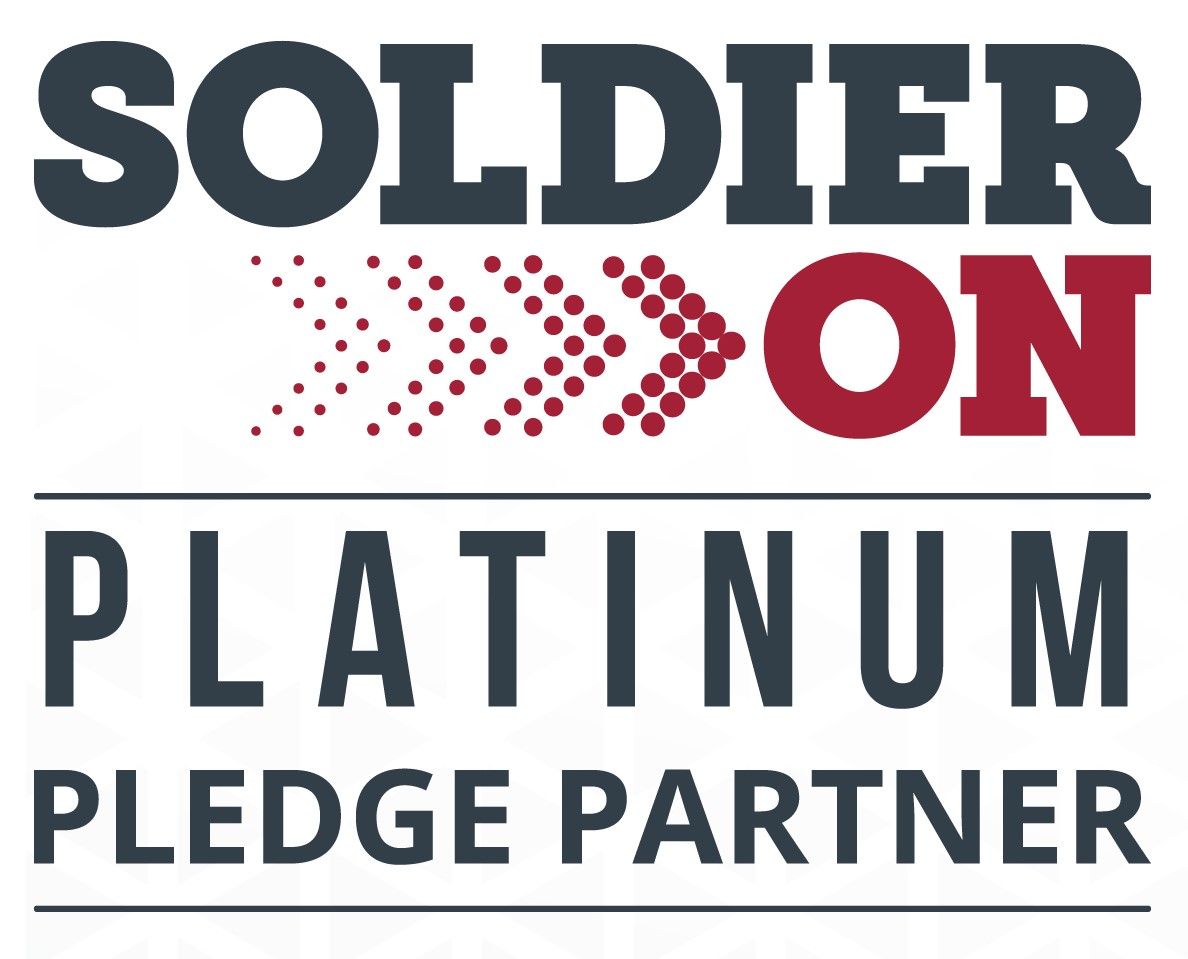Criteria
Selection Criteria Guide
Responding to Selection
Criteria
The selection criteria are a list of the skills, knowledge and work experience you need to get the job. They are used by the employer to shortlist applicants for the interview process along with your resume/CV.
Responding to selection criteria also gives you a chance to assess whether you really want the job and how suited you are for the position.
If you are required to write a statement of claims against the selection criteria, then you must be aware this is likely to be the most important document in your application. It is used to assess you against other applicants, with scores often given for each criterion. Usually, these scores are then totalled and those applicants with the highest scores are granted an interview.
Selection criteria responses will often need to be accompanied by a cover letter and your resume, which must both be tailored to the position.
To address the key selection criteria, you will need to explain in detail how well you meet each one. To be considered for an interview, you need to show that you meet the essential criteria — sometimes there may be additional criteria listed as “Desirable” and you must also respond to these. While the client has stated that they are less desirable than the main criteria in our experience you will be automatically excluded if you do not provide a response.
What is the purpose of a Selection Criteria?
The reason we have written these tips for you to take a look at is because we are reviewing Selection Criteria day in day out and are seeing some very common trends! We are reasonably sure that you are not all that excited to be filling out Selection Criteria to be considered for roles, so we think if you’re going to do something, do it really well and make it worth the effort!
Our aim is to help you spend your time most effectively when writing Selection Criteria for the purpose of getting an interview! Instead of being inefficient and typing up pages of information that is irrelevant, let’s make sure we understand what they are looking for and give it to them. These days, roles with Selection Criteria are extremely competitive, with up to 30 candidates per role applying. We want to work with you to differentiate your Selection Criteria response from the other 30 odd candidates’ submissions to give you the best opportunity of getting the interview.
How Are Selection Criteria Assessed?
To write effective Selection Criteria responses, it is essential to first think of the end goal. You are aiming for the reviewer(s) to select your details out of a pile and say they want to interview you! To do this, we believe you need to know how the reviewers go about their selection process.
This part is really important and an area where most people will fall down, so we cannot stress enough that each question is assessed separately. Let us say it again: Each question is assessed separately.
You will get a mark on each question, most likely on a scale of 1 – 5. Questions may have different ‘weightings’. What this means is that some questions may have a higher percentage assigned to it, and therefore be of greater importance. These questions are most usually the first two questions.
The way to score the best mark is to demonstrate the skills and experience they are looking for in answer to that specific criterion. You will get an overall mark for your response. The top scoring candidates will then move to the interview stage.
The key here is to make it as easy as possible for the assessor to give you a good score by:
- Being clear and to the point
- Writing for that specific criterion
- Using the STAR method
- Writing in the 3rd person
- Ensuring each criteria response can be read on its own
- Always providing a response to desirable criteria
S.T.A.R Criteria Response Methodology
The STAR Technique
A critical aspect of addressing selection criteria is to provide evidence or proof through relevant, and ideally recent examples. Support your claims with actual, specific examples of what you have done and how well you did it.
One way to do this is to use the STAR model:
 Situation
Situation
Outline a specific circumstance where you developed the particular experience or used the required skills or qualities. Set the context of the situation.
 Task
Task
What was your role? What did you have to do?
 Actions
Actions
 Results
Results
Response Steps
Identify and Understand the Criterion
- Make sure you understand what the criterion are asking for, it may have two parts that need to be answered separately.
Brainstorm Examples
- List Examples from paid and unpaid roles which align with the criterion. State aspects of the example that clearly demonstrate your ability to fulfill the criterion.
Write the response using the STAR Method
- Put Situation, Task, Actions and Response as heading and write a response for each from the notes created during the brainstorming session.
Compile the Final Response
- Write the final response by removing the headings and polishing the draft into a final criterion response.
Example: Step 3. Answer using the STAR Method
Situation
The Candidate was employed in the travel coordination area where he handled the management of travel of approx. 300 personnel
Task
He was tasked with moving his workplace’s travel booking method to the Qantas Business Travel and AOT Online Booking Portal. He was also tasked with implementation and electronic document management system that enabled printing to PDF and the use of electronic signatures.
Actions
The Candidate explored the available options to him by speaking to two different subject experts available to him. -Candidate- then documented the approach to the problem and received approval for him to implement the changes.
In recognition of the improvements that [Candidate Name] made, he was then flown to Brisbane to brief and train the administrative staff at their secondary location and the subordinate business units in that location. To support these changes, he also created a number of ‘How to Guides’ and supporting material which he disseminated throughout the Business Unit. This resulted in change the Business Unit standard operating procedures for movements/travel, which continues to this day at Business Unit and has been widely adopted across the rest of the organisation.
Results
This resulted in significant financial savings mostly through the elimination of paper, stationery orders, staff hours and booking fees previously incurred by the travel cell. This also enhanced efficiency as bookings could be conducted in group arrangements through the online method rather than individual bookings via the phone.
In recognition of -Candidate- accomplishments in this area, he was awarded a Business wide recognition of performance award.
Example: Step 4. Pulling it together into a Final Response
John Smith was employed in the travel coordination area where he handled the management of travel of approx. 300 personnel. While engaged in this role He was tasked with moving his workplaces travel booking method to the Qantas Business Travel and AOT Online Booking Portal. He was also tasked with implementation and electronic document management system that enabled printing to PDF and the use of electronic signatures.
To achieve the required outcome John Smith explored the available options to him by speaking to two different subject experts. He then documented the approach to the problem and received approval for the implementation of the required changes. In accordance with the approved plan John Smith was then flown to Brisbane to brief and train the administrative staff at their secondary location and the subordinate business units in that location. To support these changes, he also created a number of ‘How to Guides’ and supporting material which he disseminated throughout the Business Unit. This resulted in change the Business Unit standard operating procedures for movements/travel, which continues to this day at Business Unit and has been widely adopted across the rest of the organisation.
This approach resulted in significant financial savings, mostly through the elimination of paper, stationery orders, staff hours and booking fees previously incurred by the travel cell. This also enhanced the team’s overall efficiency as bookings could be conducted in group arrangements through the online method rather than individual bookings via the phone. In recognition of the accomplishments in this area, he was awarded a Business wide recognition of performance.
Example Role: Senior Administration Officer
Position Description
The Senior Administration Officer position is responsible for providing project administration support to the Project Manager and other team members within the project.
The successful candidate will be responsible for reviewing and overseeing the implementation of administrative policies as well as coordinate documents and correspondence using the approved electronic information management system.
Attention to detail, strong team service skills and the ability to work as a positive team member will looked upon favourably.
Essential Criteria
- Demonstrated skills in working with and knowledge of Microsoft Office programmes including Word, Excel, and Outlook.
- Excellent word processing skills
- Strong organisational and problem-solving skills
- Ability to work in a team
Desirable Criteria
- Demonstrated understanding of the Chief Information Officer Group (CIOG)
Example Responses
There will be a Selection Criteria response template provided with space for your responses next to each criterion. If no document is provided then create your own template clearly stating your details and then list each criterion and response.
When responding, remember to use the S.T.A.R (Situation, Task, Action, Result) methodology as outlined above.
3 Strong Organisational and Problem-Solving Skills
 Step 1: Understand the Criterion
Step 1: Understand the Criterion
Need to highlight organisational level engagement, the ability to solve problems, take the initiative.
 Step 2: Brainstorm Examples
Step 2: Brainstorm Examples
 Step 3: Using the S.T.A.R Methodology
Step 3: Using the S.T.A.R Methodology
Situation – where, when, and context of your example.
As the event coordinator for the Defence social club, John Smith volunteered to organise a fundraising event for a cancer research facility while in his final year of a Communications and Media Studies degree at the Australian National University.
Task – the task or problem to be solved.
The activities budget was cut during the preliminary planning phase and John Smith devised a strategy in order to complete the activity with only half the anticipated funds.
Action – how you solved the problem, fulfilled the task or handled the situation. What did you do and how did you do it, that demonstrates the criterion you are addressing?
In the first instance, John Smith calculated which expenses were critical and could be covered by the current budget. Next, he decided to make up the shortfall by approaching local businesses for sponsorship. He created an online flyer to outline the benefits of getting involved, such as positive publicity and the opportunity to raise their profile with high achieving students, and cold called 36 targeted businesses. To ensure a good attendance at the event he utilised his social media skills to activate a network of potential supporters, and advertise an attractive range of lucky door prizes.
Result – the outcome/s achieved as result of your action/s. Quantify the result where possible.
As a result of John Smiths actions he convinced 11 businesses to contribute funds which covered all outstanding expenses. The event attracted over a hundred attendees and raised $5000 for the research facility. He was also subsequently invited by the managerial team to contribute to a development workshop for a new junior leadership course, in recognition of the skills displayed in managing this event.
 Step 4: Final Criterion Response
Step 4: Final Criterion Response
As the event coordinator for the Defence social club, John Smith volunteered to organise a fundraising event for a cancer research facility while in his final year of a Communications and Media Studies degree at the Australian National University.
The activity’s budget was cut during the preliminary planning phase and John Smith devised a strategy in order to complete the activity with only half the anticipated funds.
To solve this problem John Smith calculated which expenses were critical and could be covered by the current budget.
Next, he decided to make up the shortfall by approaching local businesses for sponsorship. He created an online flyer to outline the benefits of getting involved, such as positive publicity and the opportunity to raise their profile with high achieving students, and cold called 36 targeted businesses.
To ensure good attendance at the event, he utilised his social media skills to activate a network of potential supporters, and advertise an attractive range of lucky door prizes.
As a result of John Smiths actions he convinced 11 businesses to contribute funds which covered all outstanding expenses. The event attracted over a hundred attendees and raised $5000 for the research facility.
He was also subsequently invited by the managerial team to contribute to a development workshop for a new junior leadership course, in recognition of the skills displayed in managing this event.
Additional Advice and Guidance
 Answer Each Question Separately
Answer Each Question Separately
This is very important. You will get an individual mark on each question that you answer. If you provide an overall response that does not address each question separately, it will be quite hard for the reviewers to give you an accurate score, especially since they will be reviewing a large number of CVs and Selection Criteria per role.
In an ideal world, they would have time to search through your CV for the answer, though if you were in their shoes would you take the time if the candidate hadn’t put the effort into answering the question at hand? Your aim in your submission is to make their job as easy as possible to justify why you should get an interview over the other people in the pile of CVs!
 Keep Your Answers Focused on the Question at Hand
Keep Your Answers Focused on the Question at Hand
Read the question and ask yourself, what are they looking to see demonstrated here? If it helps, pretend you are the reviewer. Maybe even make a dot point list so you can make sure you address these key points as well as stay on track.
Keep your answer as to the point as possible, that firstly answers the question and then specifically shows how your skills and experiences gained throughout your career demonstrate how you have done this successfully before. It is important to add in enough detail to create context and build a clear picture, e.g. when and where. This really is your chance to highlight why you are the best choice for the role, so go for it!
 Other Common Mistakes to Avoid!
Other Common Mistakes to Avoid!
- It is not okay to write “please refer to my CV”; this will not get you the marks you need! The assessor will be unlikely when reviewing 30 selection criteria, on top of their usual role, to take the time to search through your CV. They will most likely give you a mark of 0 and move on to the next response.
- Please write in full sentences, not bullet points. This demonstrates your written communication skill, which goes towards what mark you will be given by the assessor.
- Don’t use shortened words – e.g. ‘Specs’ instead of specifications.
- Always refer to yourself in the 3rd person.








